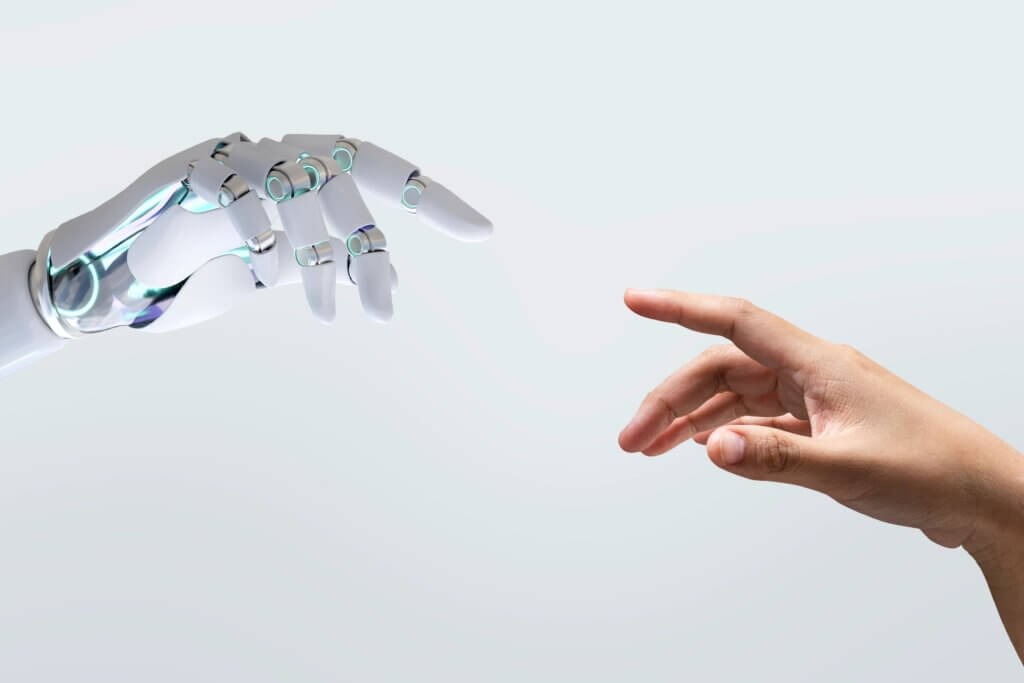AI has become a regular part of the workplace. But while it’s speeding up tasks, it hasn’t solved the biggest challenge of all: teamwork.
A new longitudinal study tracked a software development organization from 2023 to 2025 and found that AI tools were primarily used for individual productivity—writing, documenting, and coding—not for fixing collaboration gaps. The issues of miscommunication, accountability, and alignment remained.

What Changed
Even if AI didn’t eliminate teamwork struggles, it did reshape culture. The study found three major shifts:
- Efficiency became the expectation. Colleagues assumed work should move faster.
- Transparency mattered more. Teams expected people to be open about when and how they used AI.
- AI was normalized. Instead of being novel, AI became another part of professional work.
The Leadership Takeaway
This matters because many leaders assume technology will fix collaboration. Leadership coach Jeff Spaletta points out that while tools can streamline tasks, they don’t build trust or alignment—that’s still the leader’s job.
What leaders can do is use AI intentionally:
- Automate routine work so people can focus on problem-solving together.
- Build clear norms around responsible AI use to keep teams aligned.
- Reinforce communication and accountability, even as efficiency gains raise expectations.
For consultants, managers, and executives, the lesson is clear. Don’t hand collaboration over to AI. Instead, use it to create more space for human leadership—the conversations, coaching, and connections that no algorithm can replace.
As Jeff Spaletta emphasizes, leadership isn’t about the tools. It’s about how you guide people to use them responsibly while building the culture they need to succeed.
Leave a Reply